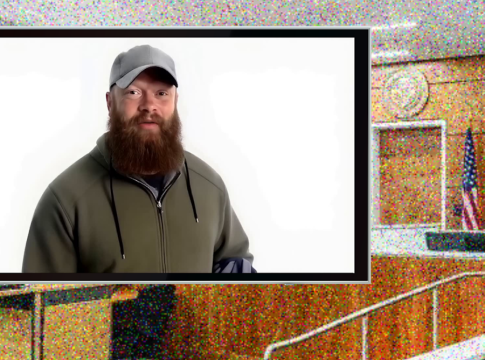AI Avatars: A Groundbreaking Step in Victim Advocacy
In a landmark event in November 2021, the Arizona court system witnessed an unprecedented use of artificial intelligence in a criminal case, allowing a deceased victim to "speak" through a digital avatar. Chris Pelkey’s tragic death, stemming from a road rage incident involving Gabriel Horcasitas, led to an innovative victim impact statement that might signal new possibilities in using AI for emotional and legal narratives.
The Unique Background
Chris Pelkey was shot during a road rage altercation, and Gabriel Horcasitas was subsequently convicted of reckless manslaughter. As sentencing approached, Pelkey’s family sought a way to convey his essence to the court. Traditional victim statements often fail to capture the true spirit of the deceased, prompting the inventive solution of creating an AI avatar that mimicked Pelkey’s image and voice.
The Making of the AI Avatar
Developed by Pelkey’s sister, Stacey Wales, and her husband Tim, the avatar utilized existing audio clips from Pelkey’s videos and a photograph taken at his funeral. With Stacey scripting words reflecting what she believed her brother would have said—focusing on themes of forgiveness—the avatar delivered a heartfelt message that resonated deeply within the courtroom. Judge Todd Lang, who presided over the case, noted that he "heard the forgiveness" in the presentation, emphasizing the emotional gravity of the AI’s contribution.
Implications for Legal Systems
This event marks a revolutionary moment: the first instance of an AI-generated avatar delivering a victim impact statement in a U.S. court—and potentially the world. It raises intriguing questions about the future of victim advocacy. With U.S. courts allowing greater leeway for emotional expressions, this case spotlights a stark contrast with legal systems in countries like Australia.
A Comparative Perspective
In Australia, the legal framework remains much more constrained. Victim statements are typically verbalized by family members who can only discuss their own pain and the impact of the crime—not the deceased’s sentiments. The possibility of creating an AI representation, while technologically feasible, would demand significant legal overhauls to address emotional manipulation and authenticity concerns.
-
Current Constraints: Australian law permits family members to represent their loss, but creating an AI avatar would be a costly and time-intensive process that the legal system currently does not support.
- Technological Possibilities: Although technology exists to create powerful digital representations, the cultural and legal reception in Australia could take years to evolve.
The Road Ahead
As AI technology continues to improve and intersect with fields like law, the ethical and legal ramifications will undoubtedly provoke extensive debate. The Arizona incident serves as a potential template for other jurisdictions, showcasing how advanced technologies could reshape victims’ narratives in the legal process.
While the road to acceptance for AI avatars in courtrooms worldwide remains long and fraught with challenges, the Chandler case serves as a beacon for future advancements in combining technology with emotional and legal storytelling, paving the way for what could be a more humane approach to justice.

Writes about personal finance, side hustles, gadgets, and tech innovation.
Bio: Priya specializes in making complex financial and tech topics easy to digest, with experience in fintech and consumer reviews.

